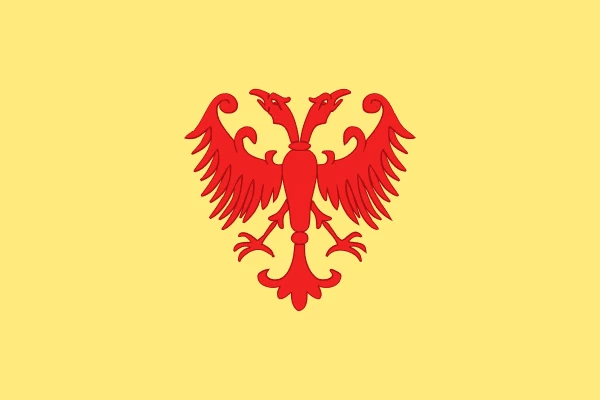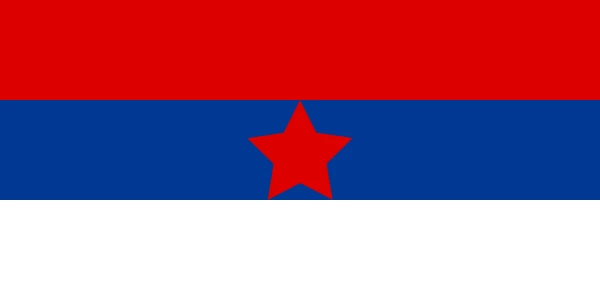The Serbian flag is a relatively new flag. The flag’s current design was adopted on November 11th, 2010. That’s quite new! The symbolism and the tricolor design however, go way back in their historical context. Waving with a double-headed eagle and white, red, and blue horizontal bars, it definitely has a flare of Slavic flavor.
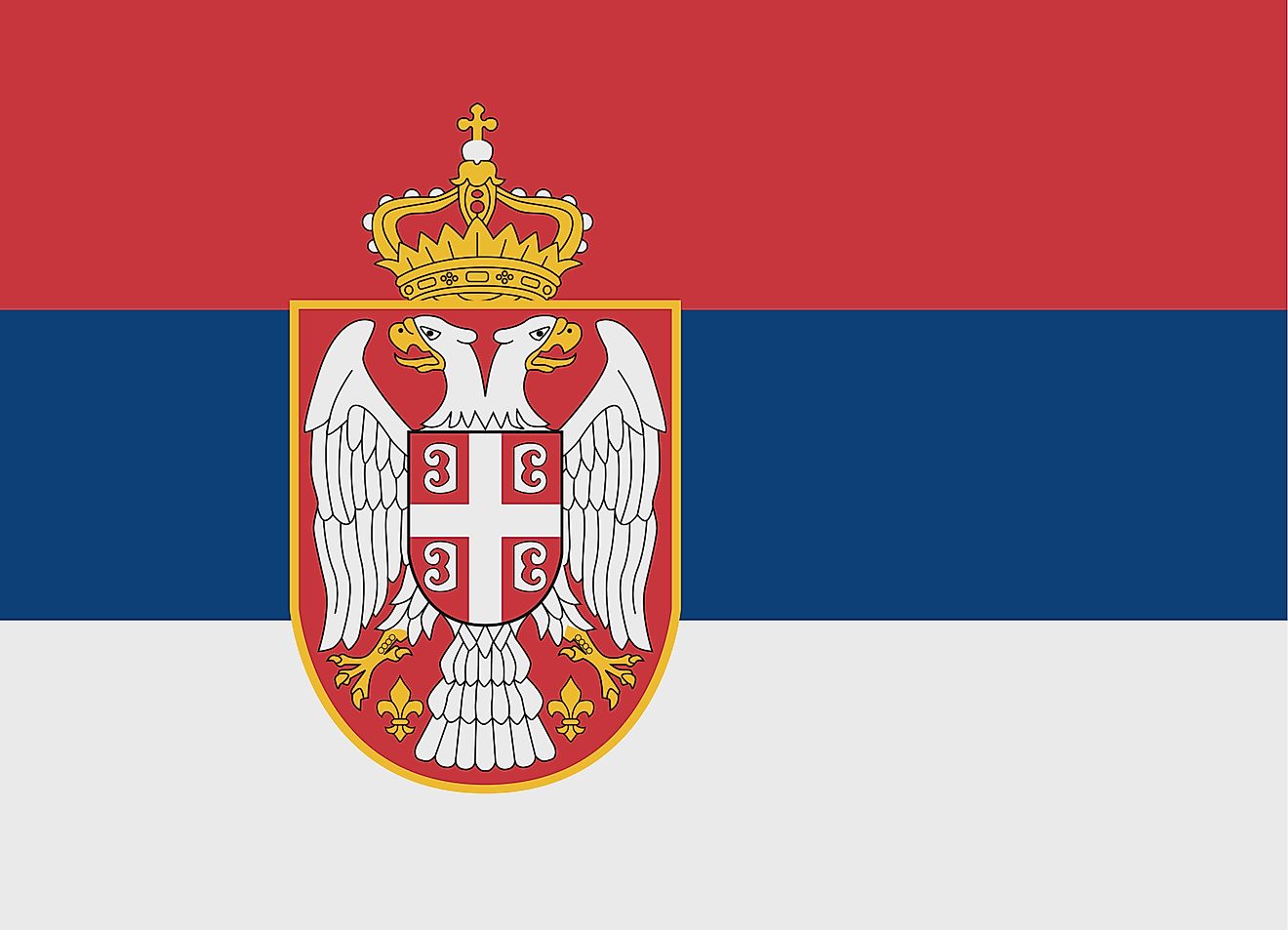
What does the Serbian flag mean exactly?
Did you ever hear of the Pan-Slavic colors? They are red, white, and blue, but have nothing to do with America, the Commonwealth Nations, the Netherlands, or anything Western European or Anglophone in nature. The flag of Serbia consists of the Pan-Slavic colors of red (top), blue (middle, and white (bottom). The Serbian coat of arms is placed on the hoist side (left) of the flag.
Red, White, and Blue are SLAVIC colors?!
Yes, you heard that right! Since 1848, these colors have been associated with nations of Slavic origin. The Prague Slavic Congress based these colors off of the flag of Russia and inverted them. These colors are based off of the Imperial Russian banner that Czar Peter the Great designed as he was trying to modernize the Russian fleet. He gained this inspiration from the Dutch tricolor that he saw on their ships. Okay– the Dutch do have some influence on these colors. Anyway, it would make sense that the colors be inspired by the largest and most powerful Slavic nation–Russia.

Now, on the Serbian flag, the colors specifically emphasize the revolutionary ideas of sovereignty. With Serbia’s tumultuous history, national sovereignty has been an issue not just for the Serbians, but for the people of the entirety of the Balkans. To get a firm understanding of this geopolitical concept in real life, consider our Balkan Badlands tour.
These are what the colors stand for:
Red: This is almost universal– the blood that was shed for the nation’s freedom
Blue: the clear Serbian sky
White: Bright light
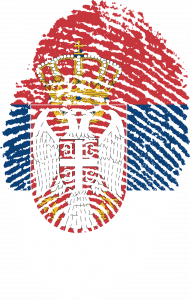
A brief history
The origins of the Serbian flag in its modern form goes back to the Serbian Revolt against the Ottomans in 1804. The Serbians sought help from Russia, as Russia saw itself as the elder brother and protector of smaller, Slavic nations. However, politics is politics, and the Russians sought a deal with the Serbians. The deal was that they needed to send a delegation to be present during a Russian parade in return for military/financial support. At the time, Serbia did not have an official flag to identify itself with. An agreement was made so that they would have a flag with pan-Slavic colors: they turned the Russian flag upside down. The Ottoman Sultan officially recognized the Serbian flag in 1835. After successfully gaining independence in 1878, Serbia established a state flag consisting of the red-blue-white pan-Slav tricolor with the Serbian coat of arms. This design of the flag of Serbia is what is used today.
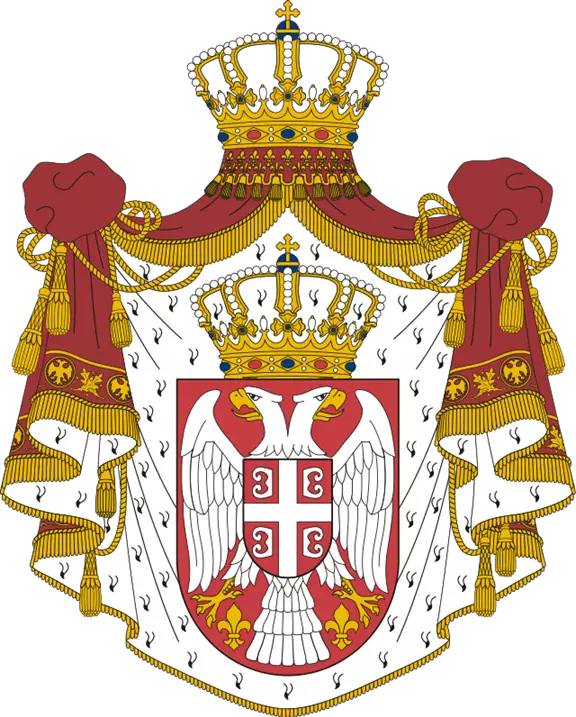
After WWI and the fall of the neighboring Austro-Hungarian Empire, the Balkans became a hodgepodge of different ethnicities looking for a nation-state to call home. Serbia became part of the Kingdom of Serbs, Croats, and Slovenes, which had no official flag so as not to show favoritism to any one ethnic group. A new nation was formed which quite literally means “South Slavia” or “Land of Southern Slavs”, or Yugoslavia officially. It adopted the Yugoslavian flag, which was a blue-white-red tricolor.
In 1947, after the Second World War, the Federation of Serbia adopted a red-blue-white tricolor flag just as before, the main different was the red communist star with a gold outline to distinguish it. This new step forward in the Yugoslav flag’s vexillology became the visual expression of the start of a new communist era for the Serbs, as well as the Croats, Slovenes, Bosniaks, Montenegrins, Macedonians, and various other minority groups within Yugoslav borders.

In 1992, as Yugoslavia was falling apart and the communist era ending, a new flag without the star was adopted. In 2006, after the people of Montenegro seceded from the federation, Serbia adopted a new flag that was used until 2009. In 2010, a final version of the official state flag, complete with the Serbian coat of arms was made official and has been used ever since.
Some extra information
For any additional information about flags of Serbian municipalities and civil ensigns, the following website is a great resource!
